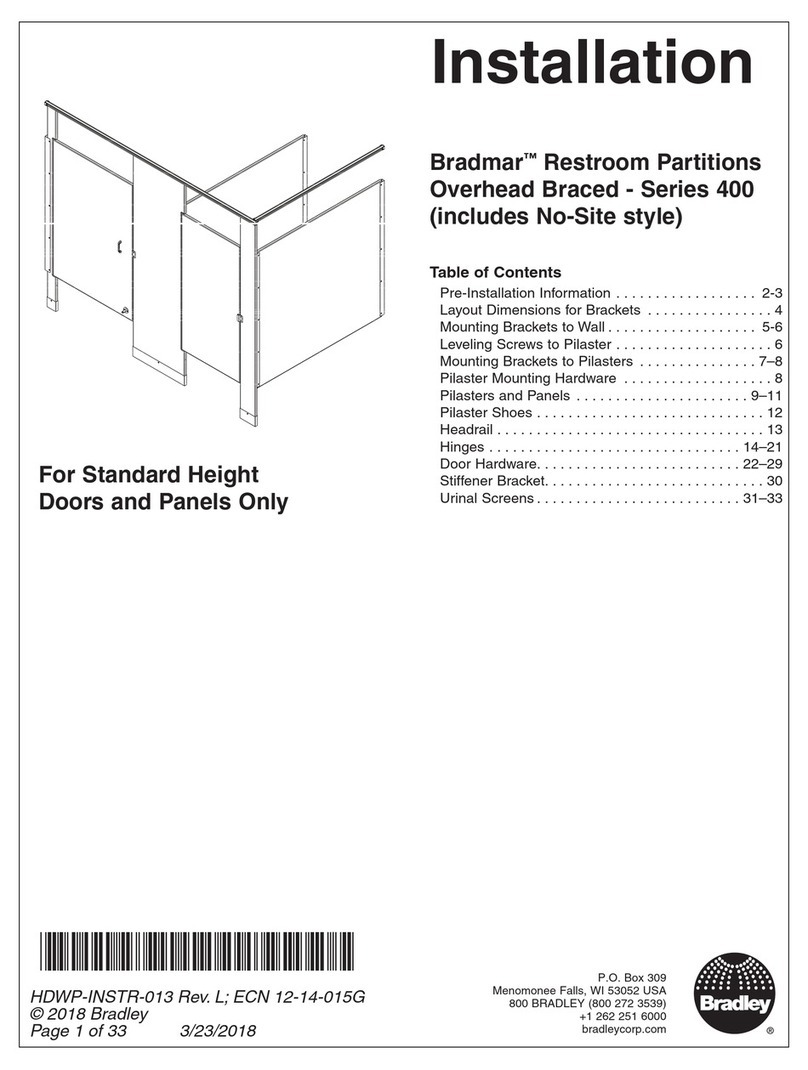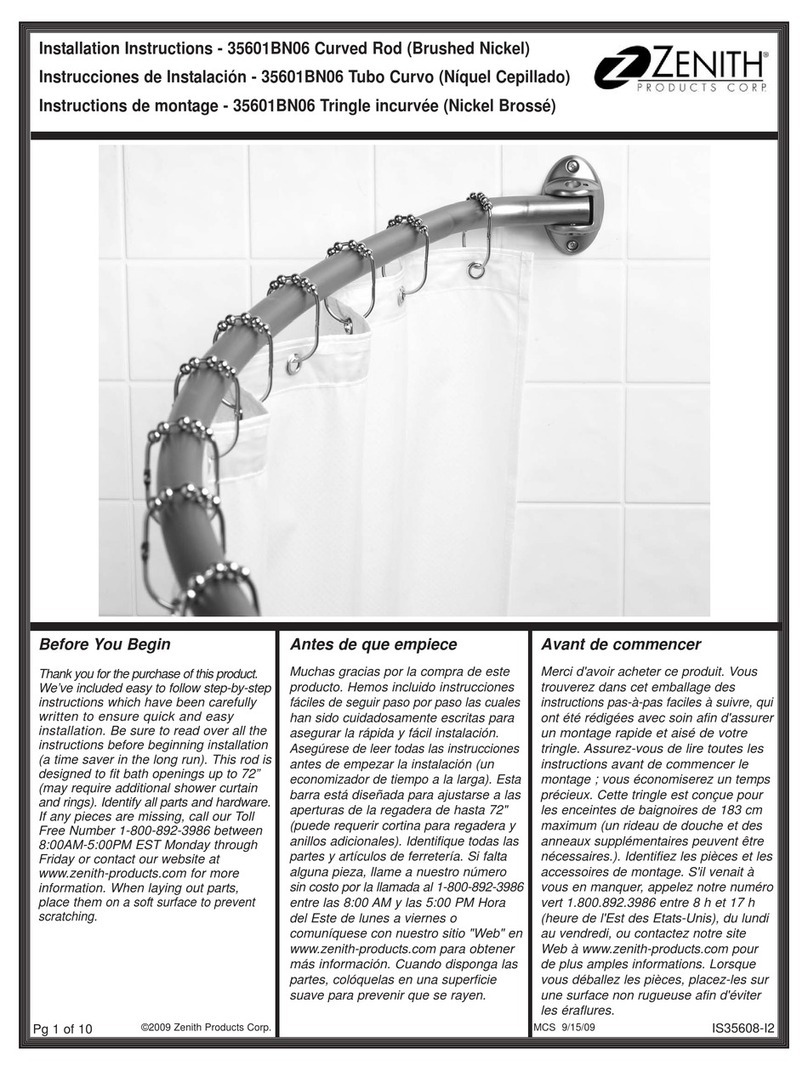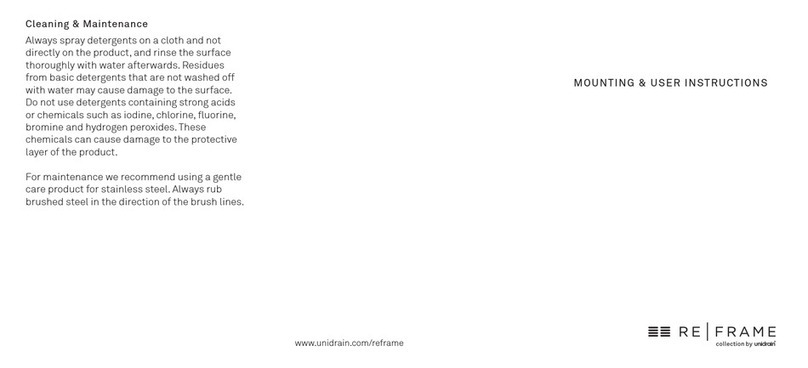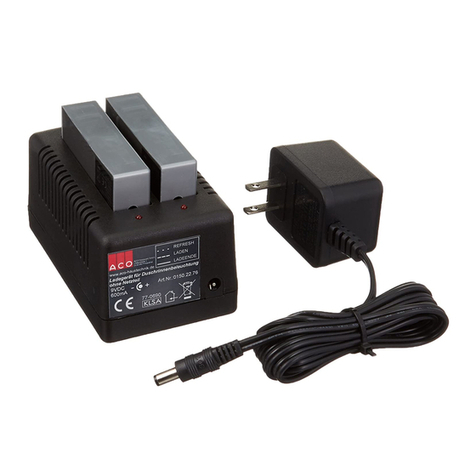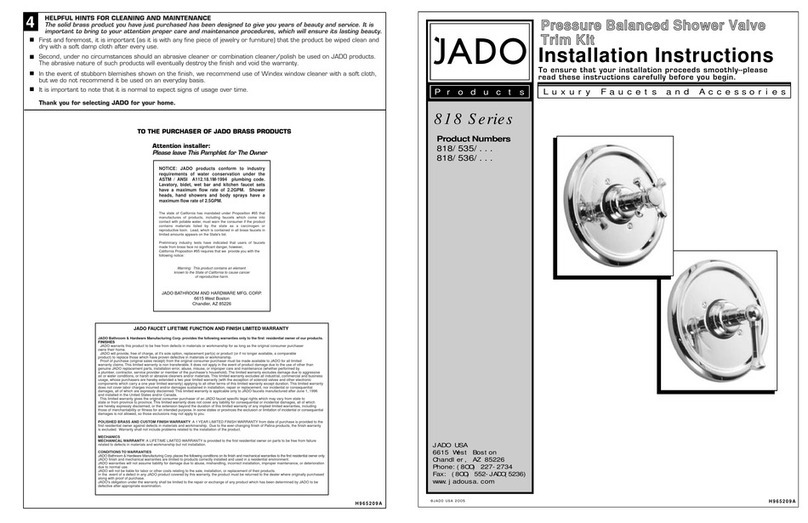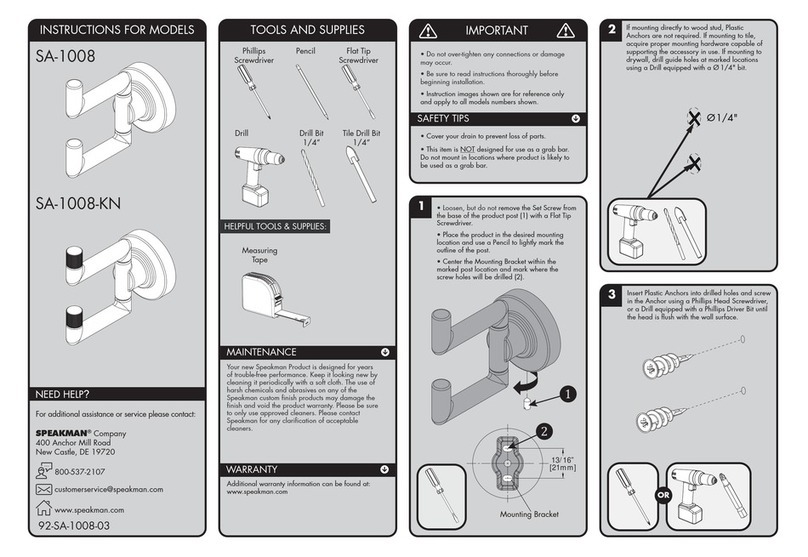Bradley 500 Series User manual















Other manuals for 500 Series
1
Other Bradley Bathroom Fixture manuals
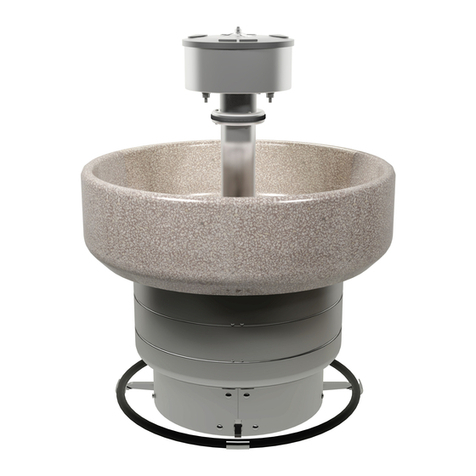
Bradley
Bradley Terreon Classic WF2500 Series User manual

Bradley
Bradley S19-310AC User manual

Bradley
Bradley SXWS9148FM User manual
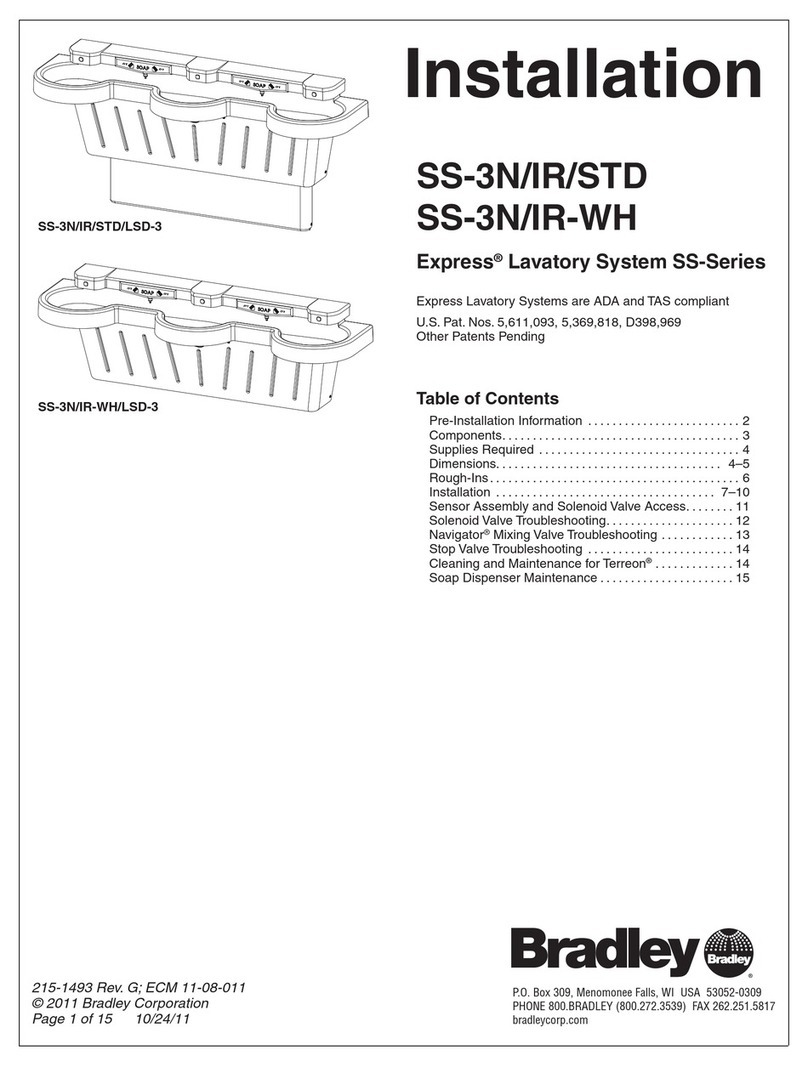
Bradley
Bradley Express SS-3N/IR/STD User manual

Bradley
Bradley S19-310SPR User manual
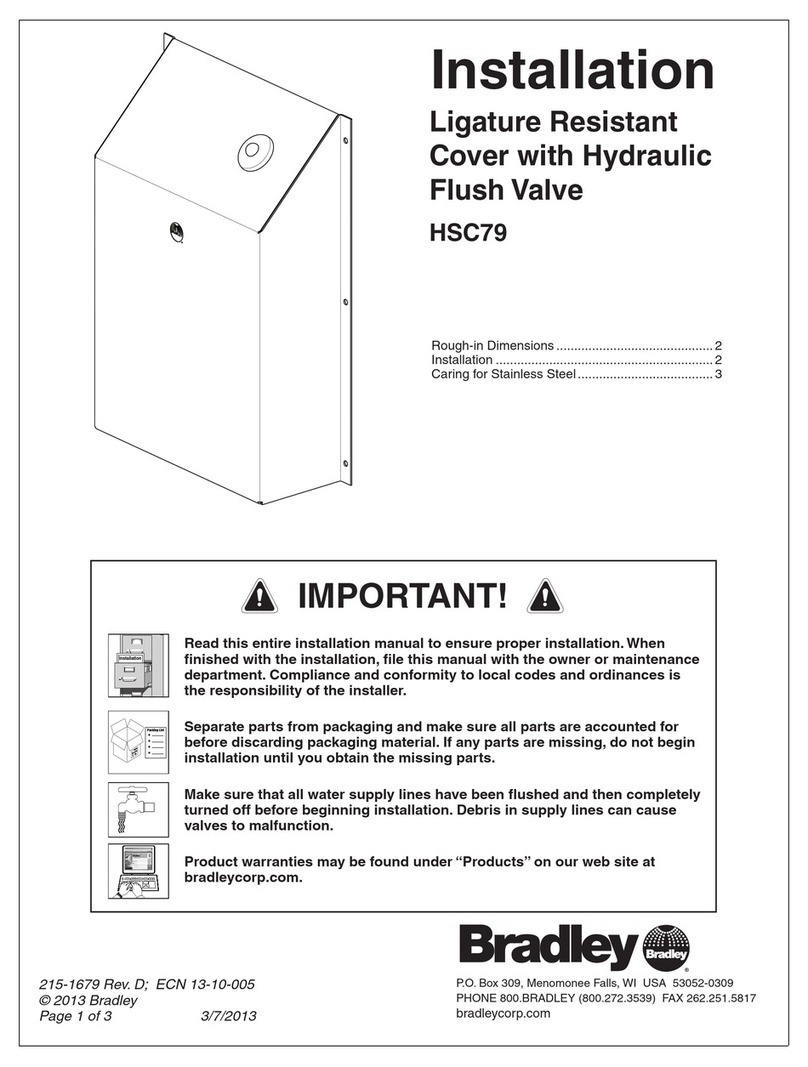
Bradley
Bradley HSC79 User manual
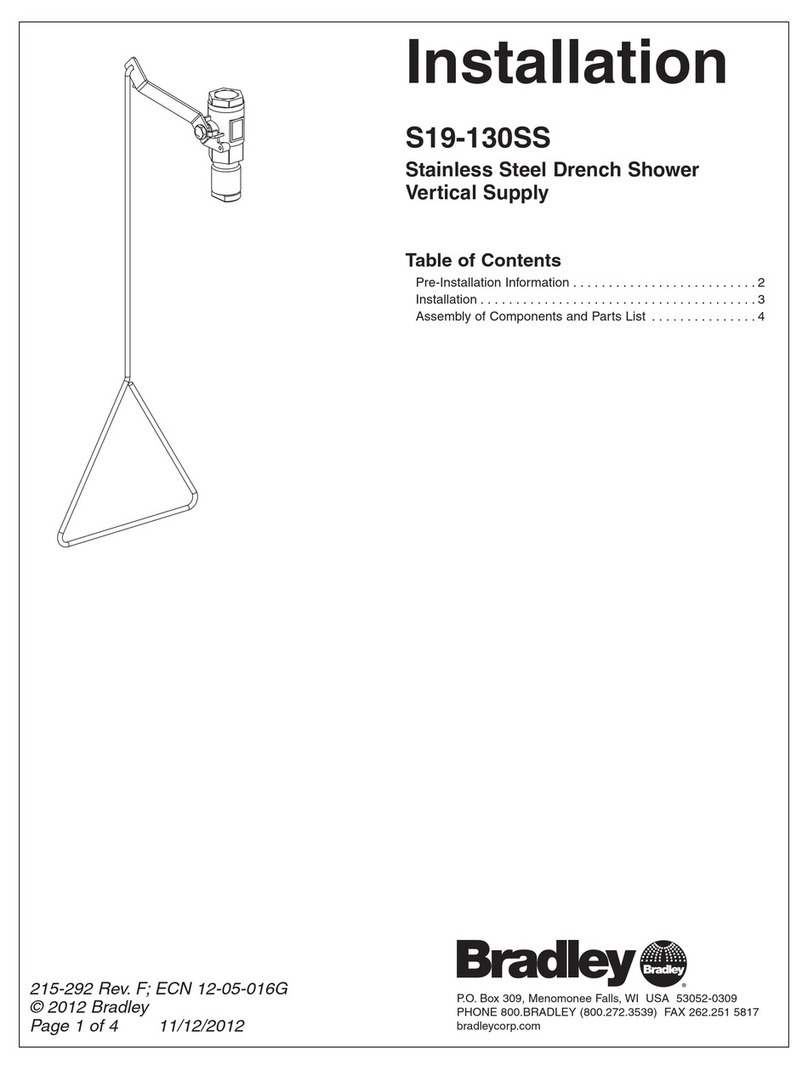
Bradley
Bradley S19-130SS User manual
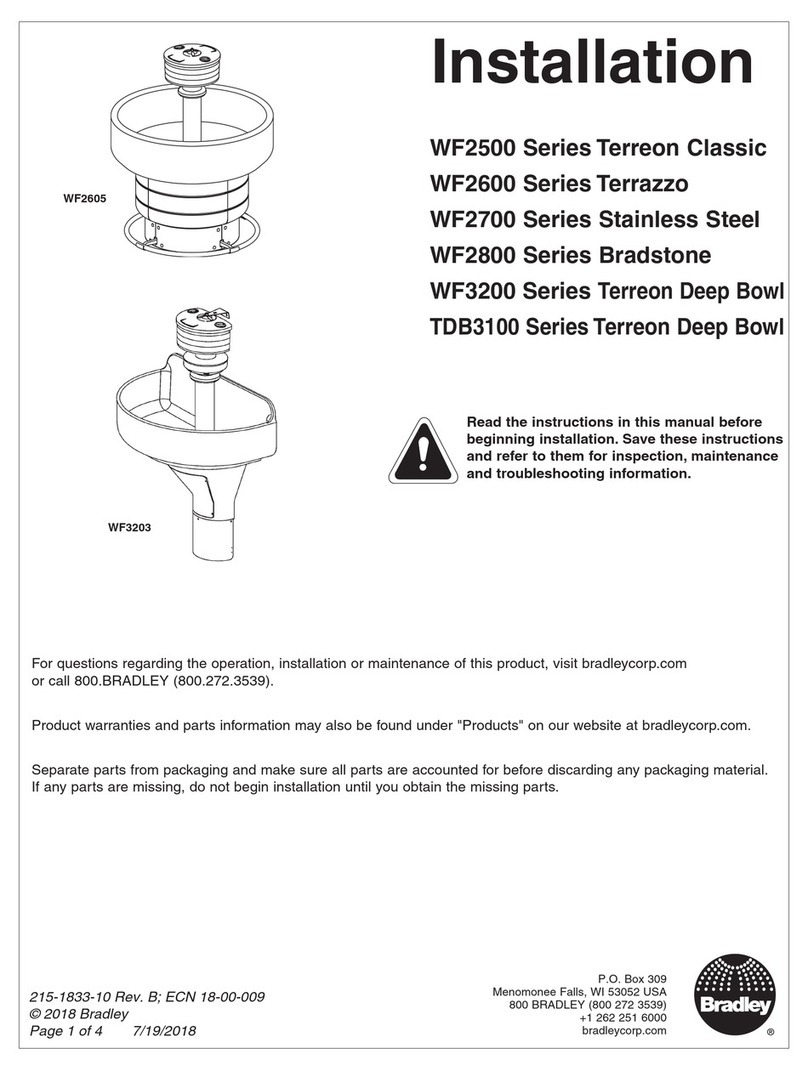
Bradley
Bradley WF2705 User manual

Bradley
Bradley WashBar Duo WBD1 User manual

Bradley
Bradley S19-310AC User manual
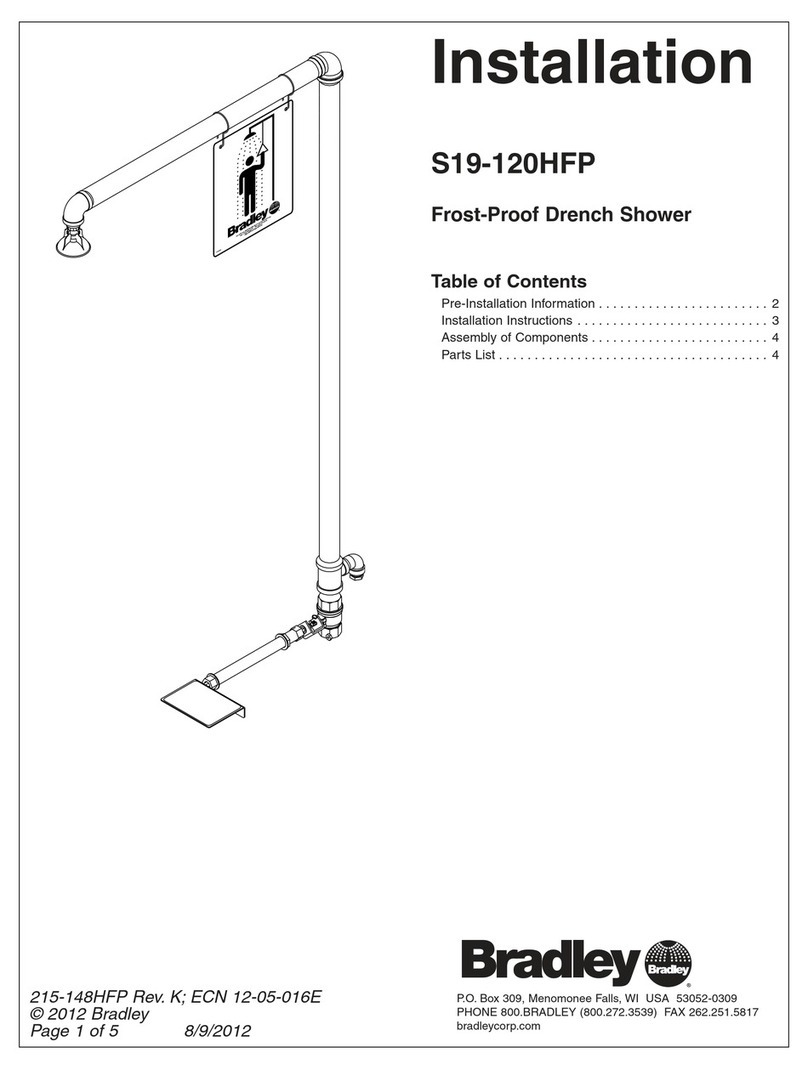
Bradley
Bradley S19-120HFP User manual
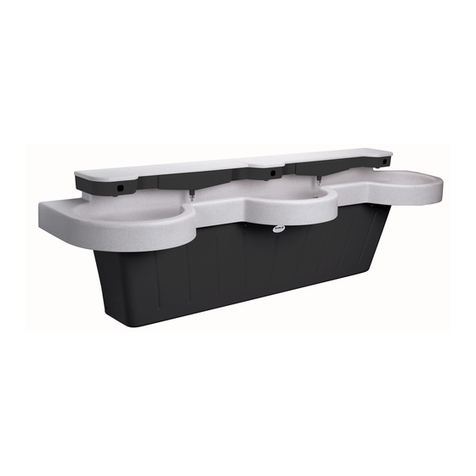
Bradley
Bradley Express SS Series User manual

Bradley
Bradley Terreon Deep Bowl TDB3100 Series User manual
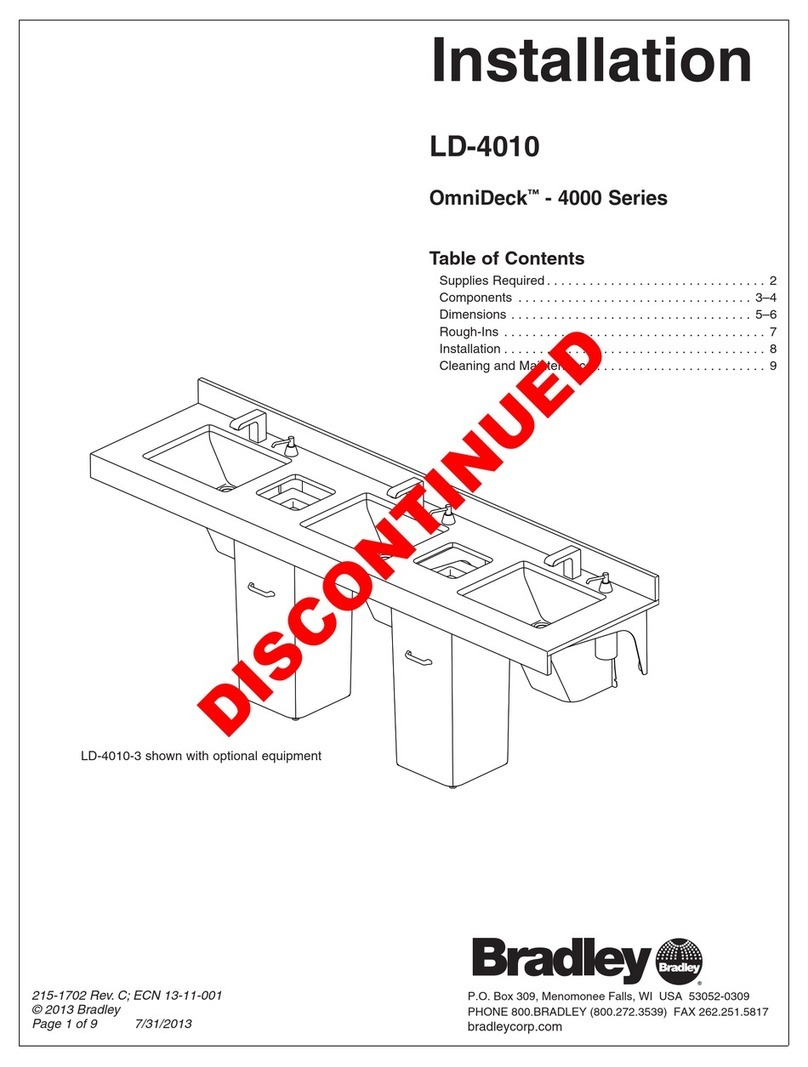
Bradley
Bradley OmniDeck 4000 Series User manual

Bradley
Bradley SXWS9557FM User manual
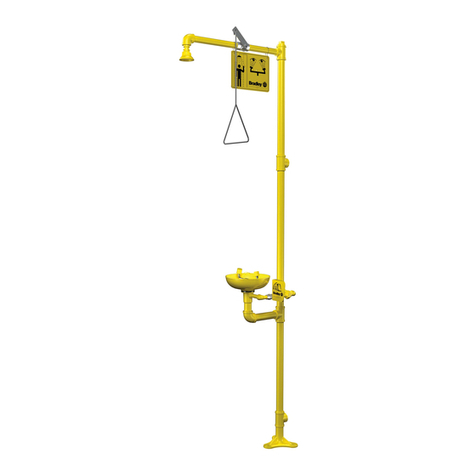
Bradley
Bradley S19-310 User manual

Bradley
Bradley Terreon Classic WF2500 Series User manual

Bradley
Bradley WS-3WMT User manual
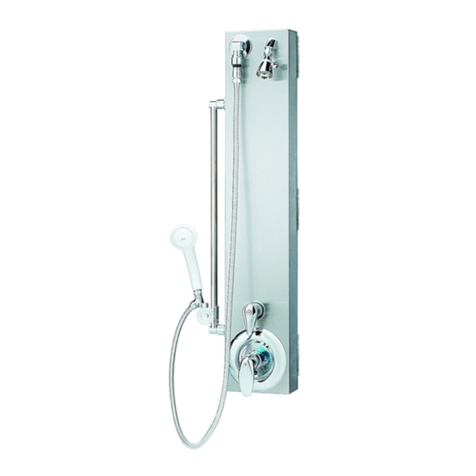
Bradley
Bradley WS-1X-HN User manual

Bradley
Bradley S19-280D User manual
Popular Bathroom Fixture manuals by other brands
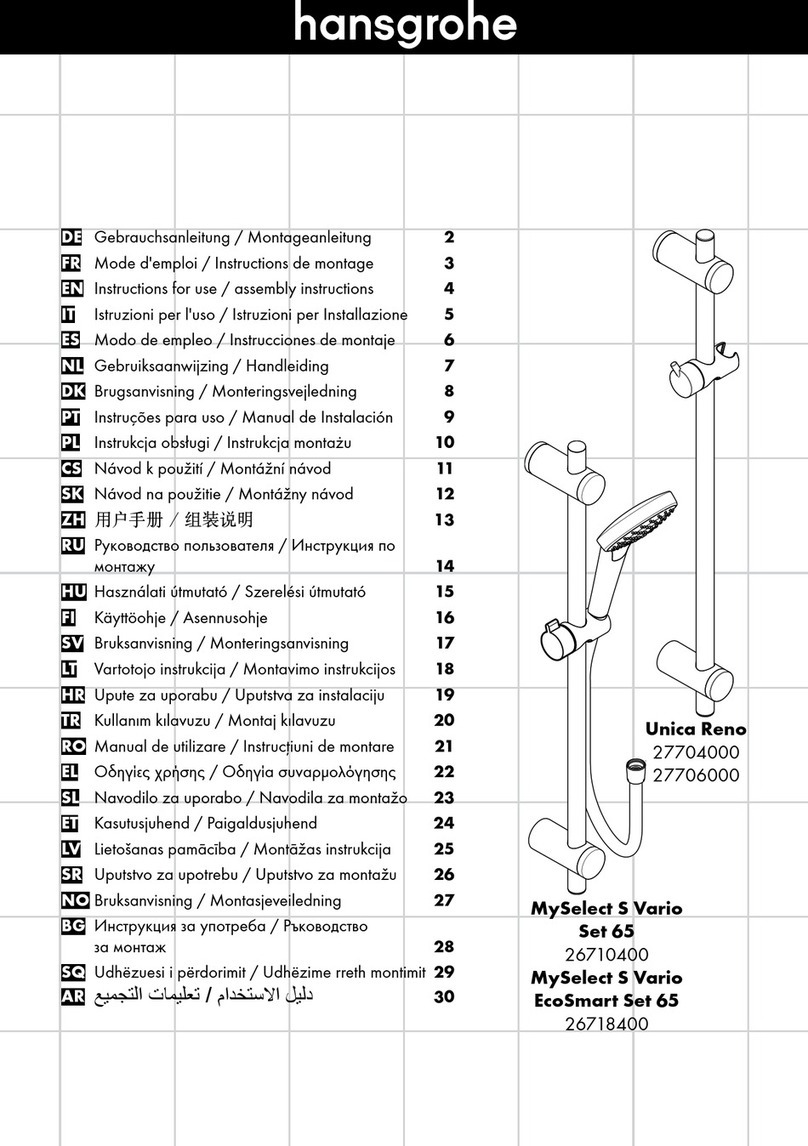
Hans Grohe
Hans Grohe Unica Reno 27704000 Instructions for use/assembly instructions
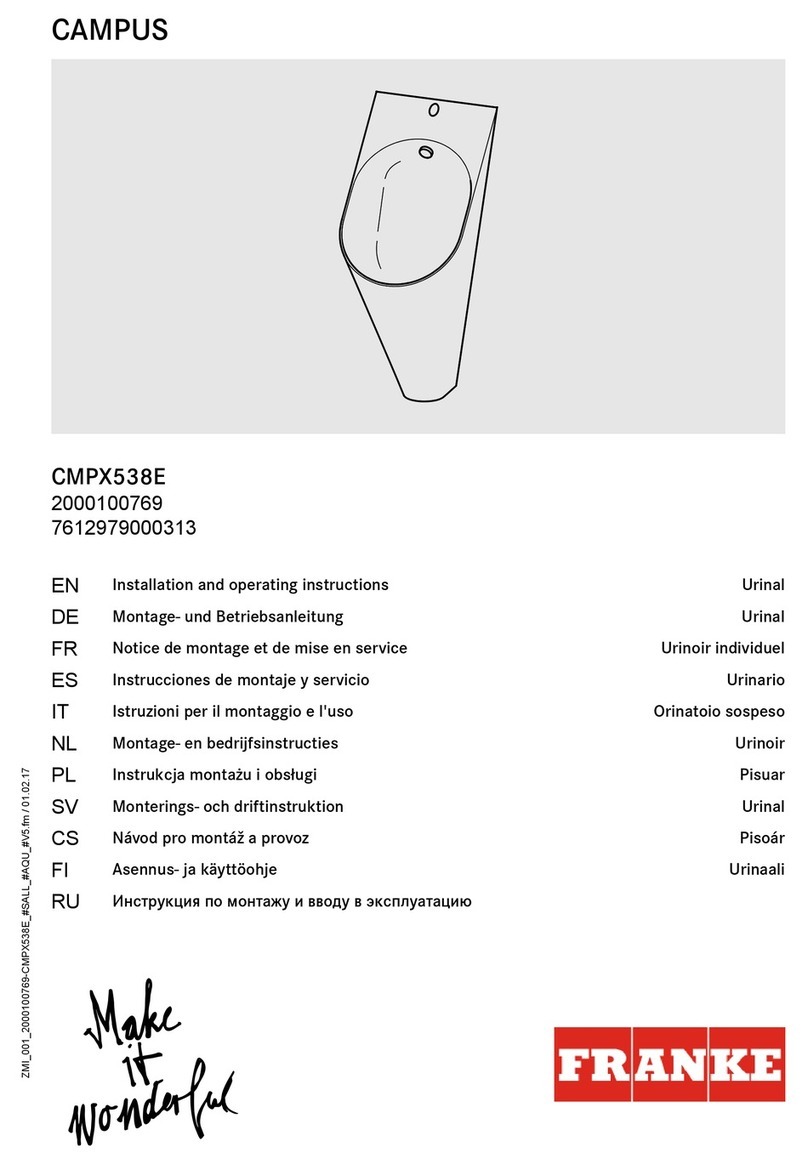
Franke
Franke CAMPUS CMPX538E Installation and operating instructions

Bossini
Bossini Arch L00865 INSTALLATION AND CARE INSTRUCTIONS
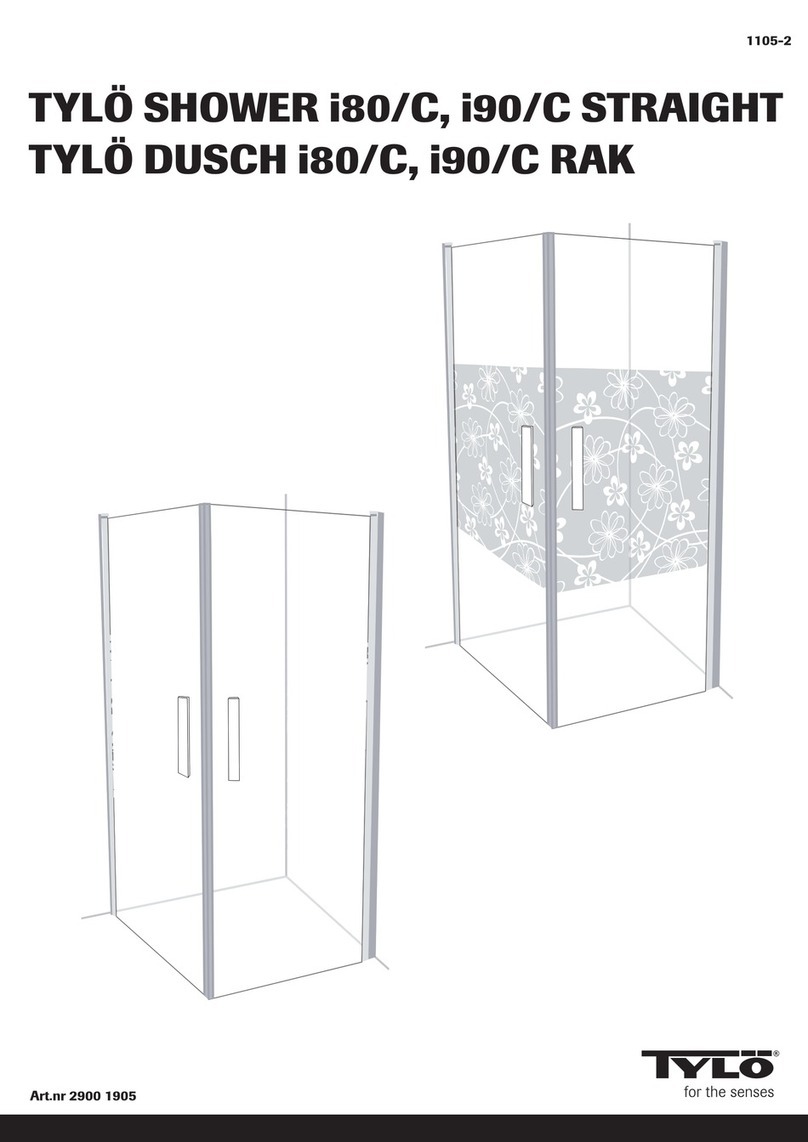
Tylo
Tylo i80/C quick start guide

Sensea
Sensea BORA Assembly, Use, Maintenance Manual

Kohler
Kohler K-15996 Installation and care guide

